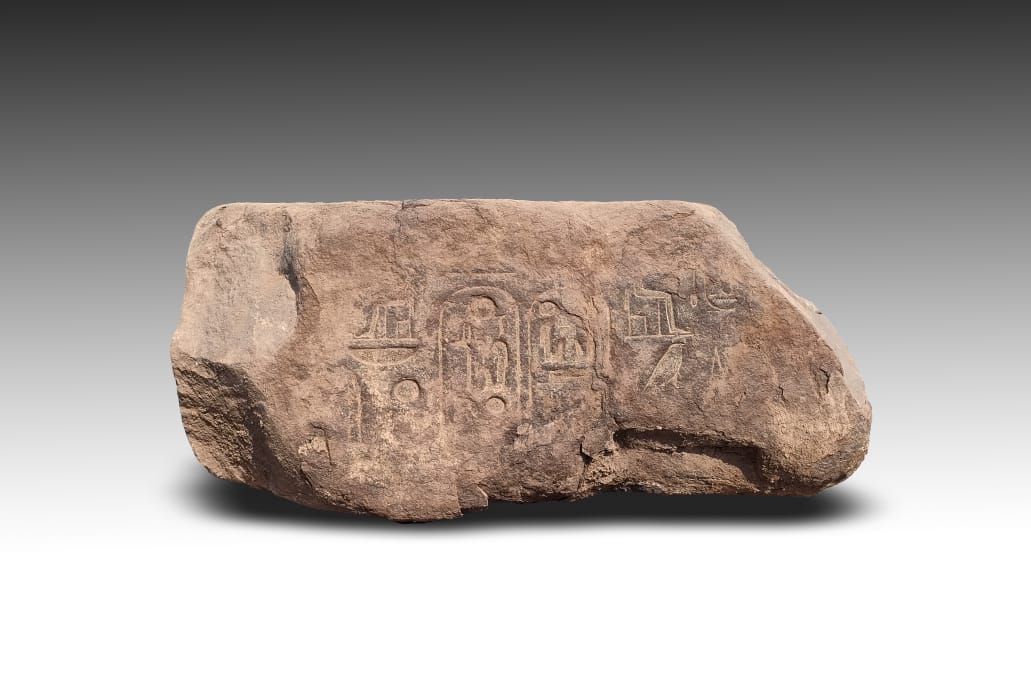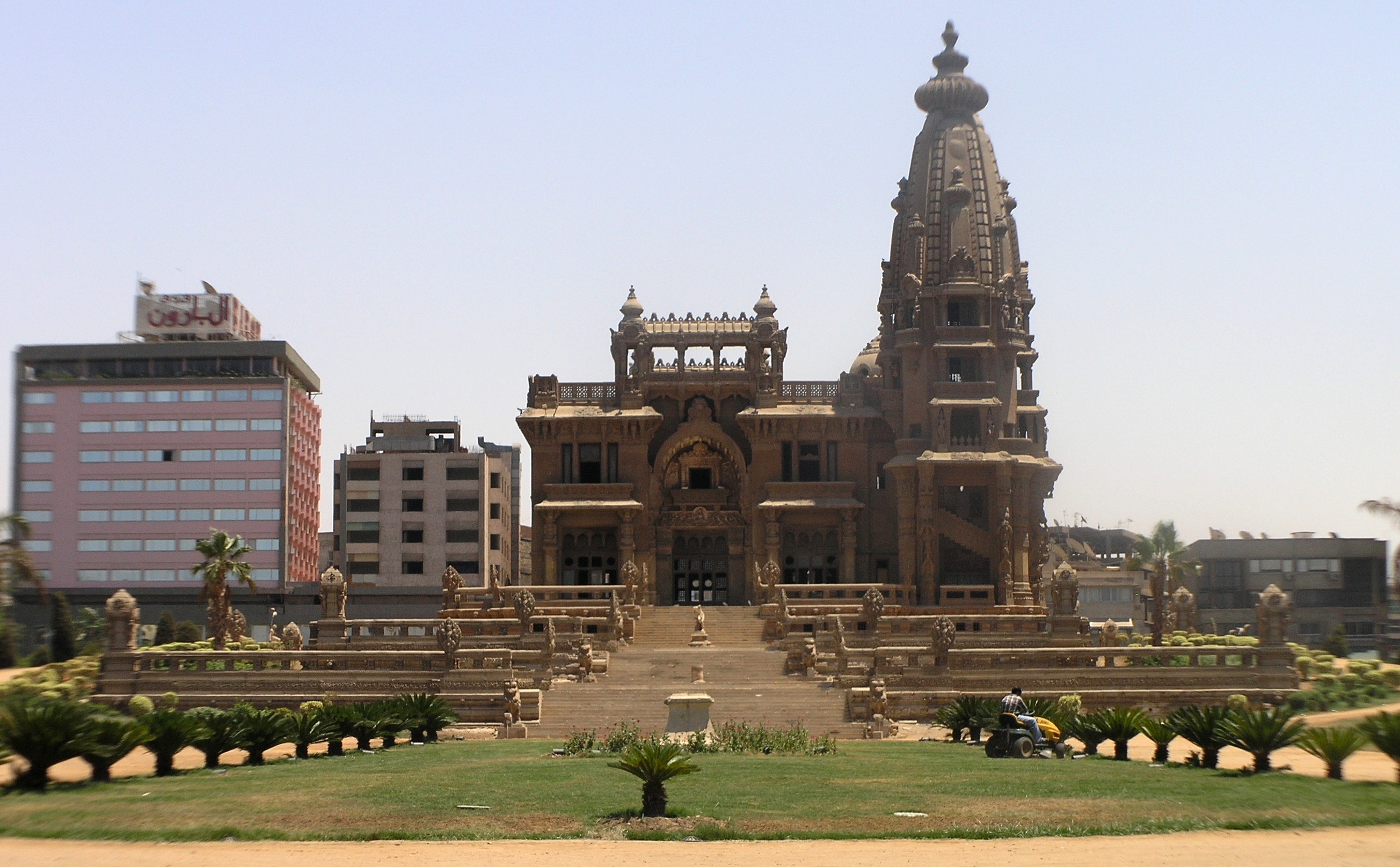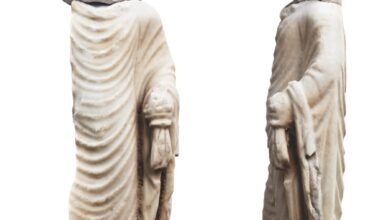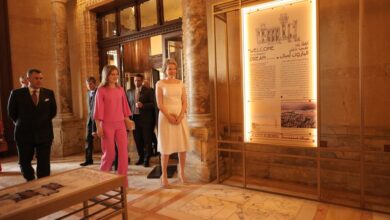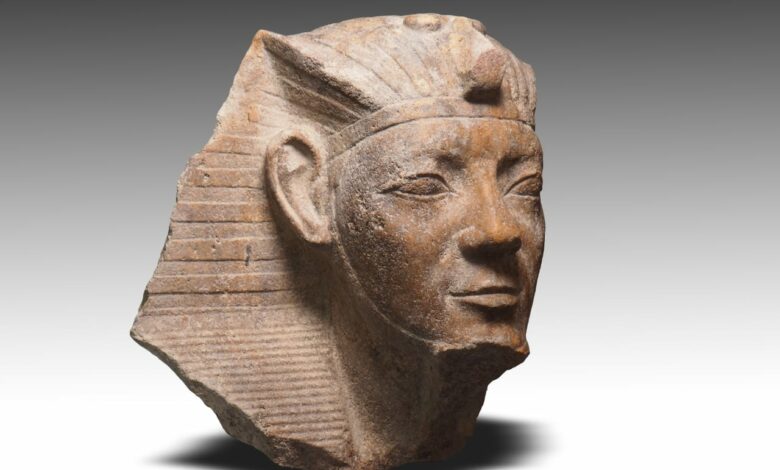
The joint Egyptian-German archaeological mission between the Supreme Council of Antiquities and the Leipzig University Museum discovered more remains of the Sun Temple.
This was while completing excavation work in the area surrounding the open-air Obelisk Museum from the western, northern and southern sides in the city of Uno (Heliopolis) in the Matareya area.
The mission is scheduled to complete its excavation work during the coming seasons
This includes studying the document that was discovered by Mostafa Waziri, Secretary General of the Supreme Council of Antiquities,
It also plans excavation work in the area surrounding the open museum in the obelisk.
This contributes to a clearer knowledge of the history of this region, he added.
Waziri said that although no evidence of stone buildings was found on the northern side of the open museum, the mission succeeded in uncovering a succession of white mortar floors and mud-brick buildings dating back to the second half of the first millennium BC.
This simply indicates the presence of settlement in this part of the temple during the Ptolemaic and Roman eras.
Ayman Ashmawy, head of the Egyptian antiquities sector at the Supreme Council of Antiquities and head of the mission from the Egyptian side stated these facts.
The mission uncovered a number of sarcophagi made of quartzite from the reign of King Horemheb from about 1300 BC, and others belonging to King Psamtik II (595-589 BC), and a floor of limestone tiles.
There were also parts of a royal statue whose owner has not yet been identified, but its artistic features indicate that it may date back to the Middle Kingdom or the Second Intermediate Period.
The mission also succeeded in uncovering many parts of statues of King Ramses II in the form of a sphinx made of quartz stone, a piece from the era of King Ramses IX and a stone piece of pink granite with a huge inscription on it. It is likely to be the upper part of an obelisk, Dietrich Rau, head of the mission from the German side, said.
He pointed out that its inscriptions will be studied during the coming period to determine its date. The mission also found the base of a statue of King Ramses II.
The joint Egyptian-German archaeological mission has been working in the Matareya area since 2012.
During this time it uncovered parts of the remains of the temple, along with a large number of statues dating back to different eras of the ancient Egyptian civilization.

